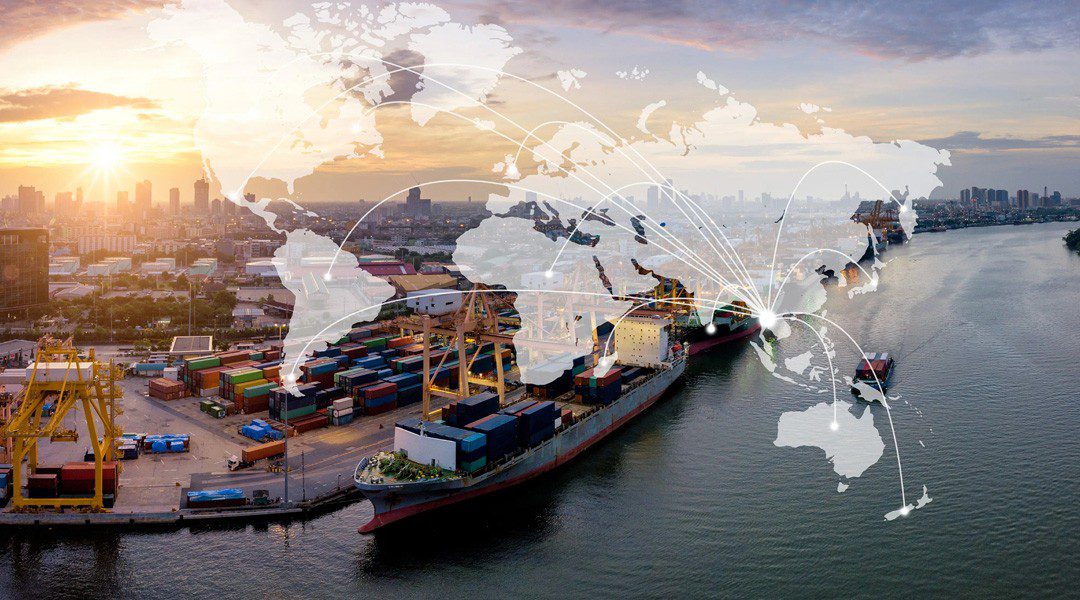 Analyst Insight:For process manufacturers, sustainability is about more than achieving environmental goals — it’s also a smart business strategy. A more sustainable plant is also more profitable, productive, efficient and resilient. Smart digitization strategies can help plants identify opportunities for improvement, monitor progress toward sustainability goals, and facilitate buy-in across the organization.
Analyst Insight:For process manufacturers, sustainability is about more than achieving environmental goals — it’s also a smart business strategy. A more sustainable plant is also more profitable, productive, efficient and resilient. Smart digitization strategies can help plants identify opportunities for improvement, monitor progress toward sustainability goals, and facilitate buy-in across the organization.
Sustainability can incorporate many different aspects of environmental responsibility, energy and resource efficiency, and supply chain management. Process manufacturers must comply with environmental regulations on emissions, waste disposal, and water and land management, to protect human health and the environment. Most manufactures also have their own internal sustainability goals, which might include reducing carbon and greenhouse gas (GHG) emissions, minimizing material and product waste, reducing overall energy consumption, reformulating products to incorporate more eco-friendly materials or processes, or implementing supplier accountability programs.
Whatever the goals, sustainability initiatives must start with data. As the adage goes, “you can’t manage what you can’t measure.” This is where digitization comes in. Digitizing key processes such as shift handover, quality management, overall equipment effectiveness and team reporting within a centralized knowledge management system can help drive sustainability goals.
Following are five steps toward realizing digitization by process manufacturers.
Set sustainability targets based on data.It begins with a thorough analysis of current operations, pinpointing exactly where and how resources are used, wasted or could be optimized. Many process manufacturers already track certain metrics, such as production rates, but finding opportunities for operational improvement will require a broader view. That might include looking at energy consumption by process or line, analyzing root causes of lost batches, and identifying instances of raw material waste or excess production. A centralized plant process management (PPM) system with data analytics and visualization tools can help plants surface hidden causes of waste and inefficiency, and identify potential areas of improvement.
With a clear understanding of the current state, plants can then define measurable sustainability targets, including key performance indicators that will be used to track progress toward goals. This data-driven approach not only sets a clear path forward for sustainability efforts, but also embeds accountability and continuous improvement into the process.
Define action steps for operational Improvements.The next step is to outline clear steps toward achieving the set targets. This involves detailing which changes need to be made, who will be responsible for implementing these changes, and by when these actions should be completed. A centralized PPM and knowledge-management platform can help manage the process, providing tracking and accountability for sustainability initiatives.
When setting sustainability targets and creating an action plan, it’s important to gather feedback from all levels of the organization. Frontline workers often have valuable insights and suggestions based on their familiarity with processes, workflows and equipment. It’s also important to establish accountability mechanisms to ensure that these steps are followed through. This could include regular progress reviews, updates to the wider team, and adjustments to strategies as needed, based on what’s working or not.
Get everyone on board.This starts with clear communication of the sustainability targets and the specific action steps needed to achieve them. Every team member, regardless of their position, should have a clear understanding of both the goals and their role in reaching them. They should also have opportunities to ask questions, share concerns or roadblocks, and participate in generating ideas for meeting sustainability targets.
A centralized digital communication and knowledge platform enhances accountability and buy-in across the organization. Transparent reporting and information-sharing promotes a sense of ownership and shared responsibility. Digitization also enhances accountability and tracking across all levels of the organization, ensuring that tasks and instructions are neither lost nor forgotten, and each team member understands their specific role in the sustainability initiative.
Monitor progress against goals.After a new initiative is launched, plants should collect data and measure progress against the established KPIs. Digital tools can automate this process, making it easier to see the impact of change and compare “before” and “after” states.The platform serves as a single source of truth, so everyone is seeing the same data.A centralized PPM system can be used to monitor a variety of environmental and sustainability metrics, such as energy consumption, overall equipment effectiveness or material waste for various production processes. Data can also be rolled up into plant-wide or organization-wide metrics, such as total energy use or total carbon emissions.
Data transparency makes it easier for the whole organization to stay engaged and focused.By providing a clear view into the progress being made, all stakeholders can easily assess how well the organization is moving toward its sustainability targets.
Adjust and Iterate as necessary.Meeting sustainability goals is an ongoing process that requires continuous adjustment. Digital systems for information-sharing and communication can be used to maintain feedback loops across the organization and between departments. Efficient two-way communication ensures that questions and problems are escalated appropriately for efficient resolution, and new instructions and priorities are communicated clearly from management to the front lines. Digitizing key areas such as shift handover, equipment rounds and tier meetings prevents information loss and enables efficient knowledge capture and transfer, keeping everyone on the same page.
Process manufacturers should think of environmental and sustainability initiatives in terms of a continuous improvement process: not a one-time fix, but an ongoing activity that continually looks for new opportunities to get better. Once initial targets are met, plants can celebrate their achievements and set new goals and KPIs. Digitalization supports a guided, data-driven process for continuous improvement, enabling manufacturers to make informed decisions based on real-time data and analytics.
Digitization plays a pivotal role in driving sustainability efforts forward. By employing digital tools and technologies, process manufacturers can ensure that data is clear, accessible and useful, facilitating the setting and monitoring of precise sustainability goals.
Digitization isn’t just about technology; it’s about using it to enhance human insights, decision-making and performance. In the context of sustainability initiatives, digitization can help keep everyone on the same page and increase buy-in across the organization by:





